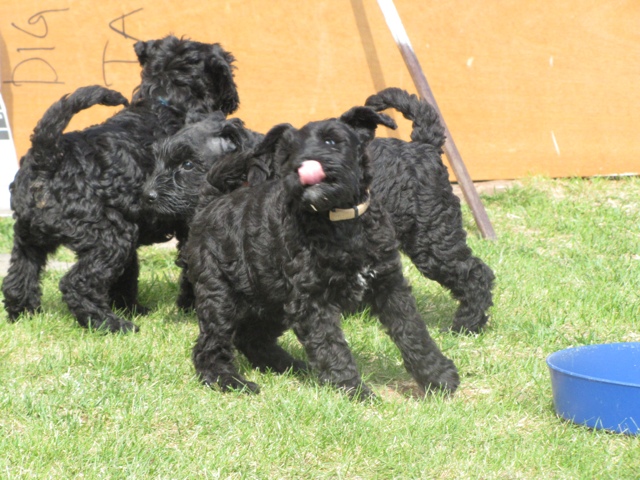Sweden´s national day......6 june
| On June 6, has been called Gustav Vasa's day, the Swedish flag day and is now Sweden's national day. Sometime during the 1800s was taken June 6 emerged as a national day of remembrance. The day was celebrated in memory of when Gustav Vasa was elected King of Sweden and Sweden once again became an independent stat.1809 of Government was also issued on 6 June. Since 1916 is celebrated June 6 as Swedish Flag dag.En some festivities for various Swedish holidays were introduced in Skansen Yearbook 1893 writes Hazelius that "as the patriotic memories feast day is at Skansen introduced on 6 June, Gustaf Day, which there has been celebrated and will henceforth be celebrated as the Swedish national day. " When a national day of remembrance would be introduced, there were some who suggested Gustav Adolf Day den6 November, Karl X11's death on 30 November, the King's Birthday and Midsummer at that time always took place June 24 The Bill of 1983 on the National Day at all would be official, former June 6 only Swedish Flag Day, was signed by Carl Axel Petri during his last days as attorney general. Many who analyzed the national significance of the day through the centuries have suggested that the loose historical connection to the day, makes it not at all celebrated the same extent as, for example, Norway's national day. The link to Gustav Vasa was also criticized when he was king of Skåne, Blekinge, Halland, county high. The Danish National Day, 5 June, a similar weak coupling to the story, nor is it celebrated in great depth. To appoint the 6 June to the national day was according to many sources in the government and parliament an attempt to strengthen the current position. Some argue that Midsummer should be the one regarded as Sweden's national day through the deep folk tradition of celebrating this day had for centuries. Historically, according to many sources is only correct to propose one cheers for the ruler and Sweden, which traditionally is done on National Day. The cheers are really a double Swedish ransom (originally two cannon shots to mark the Swedish side). That one, for example, in Skåne utbringar a three cheers, a "rebellious" relic of their Danish time when the Danish ransom was / is three cannon shots. | |
|---|---|



Comments